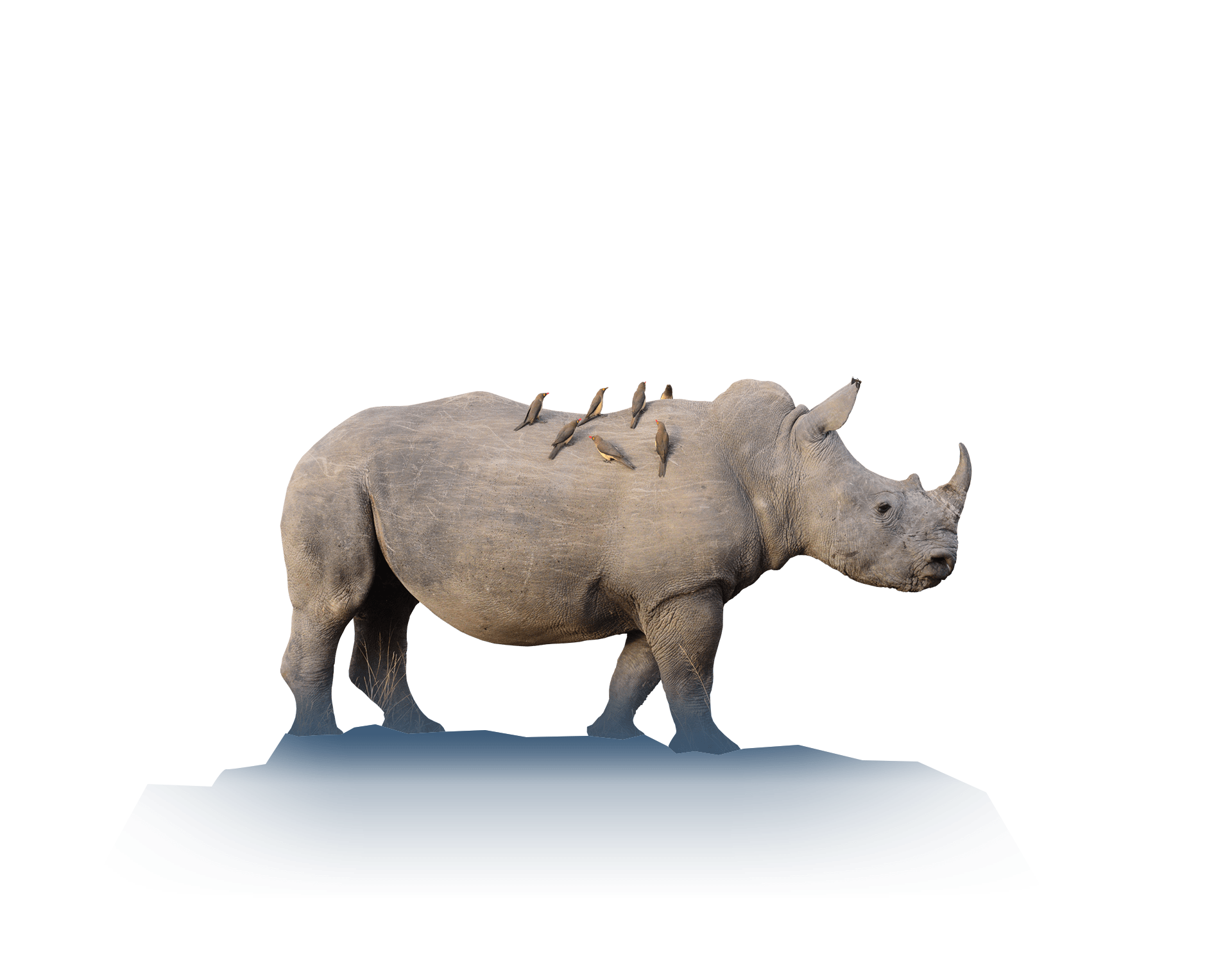

"Usage of 17 specific names based on wild species which are pre-dated by or contemporary with those based on domestic animals (Lepidoptera, Osteichthyes, Mammalia): conserved. ^ International Commission on Zoological Nomenclature (2003).A Taxonomic and Geographic Reference (3rd ed.). European wild ass or hydruntine, † Equus hemionus hydruntinus (extinct).Syrian wild ass or achdari, † Equus hemionus hemippus ( extinct).Persian onager or gur, Equus hemionus onager.Turkmenian kulan, Equus hemionus kulan.Indian wild ass or khur, Equus hemionus khur.Mongolian wild ass or khulan, Equus hemionus hemionus.Onager or Asiatic wild ass, Equus hemionus.Atlas wild ass, † Equus africanus atlanticus ( extinct).Somali wild ass, Equus africanus somaliensis.Nubian wild ass, Equus africanus africanus.Among the wild ass species, several never-domesticated species live in Asia and Africa. The common donkey is the best-known domesticated representative of the subgenus, with both domesticated and feral varieties. The only other perissodactyls on earth today are horses, zebras, and donkeys (all belonging to genus Equus), and the strange, pig-like mammals known as tapirs. Rhinoceroses are characterized by their large sizes, quadrupedal postures, and single or double horns on the ends of their snouts-the name rhinoceros is Greek for "nose horn." These horns probably evolved as a sexually selected characteristic-that is, males with bigger, more prominent horns were more successful with females during mating season.Range of the three living wild ass speciesĪsinus is a subgenus of Equus (single-toed (hooved) grazing animal) that encompasses several subspecies of the Equidae commonly known as wild asses, characterized by long ears, a lean, straight-backed build, lack of a true withers, a coarse mane and tail, and a reputation for considerable toughness and endurance. Rhinoceroses are perissodactyls, or odd-toed ungulates, a family of mammals characterized by their herbivorous diets, relatively simple stomachs, and an odd number of toes on their feet (one or three). Habitat: Subharan Africa, Southeast Asia, Indian subcontinentĬonservation Status: Three species are Critically Endangered (Javan, Sumatran, black), one is Vulnerable (Indian), one is Near Threatened (white) Description Size: 4–15 feet tall, 7–15 feet long, depending on species sondaicos, Dicerorhinus sumatrensisĬommon Name: White, Black, Indian, Javan, Sumatran

Scientific Name: Five species are Ceratotherium simum, Diceros bicornis, Rhinoceros unicornis, R.


 0 kommentar(er)
0 kommentar(er)
